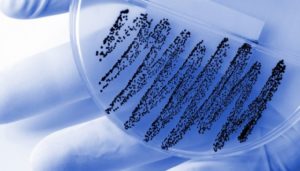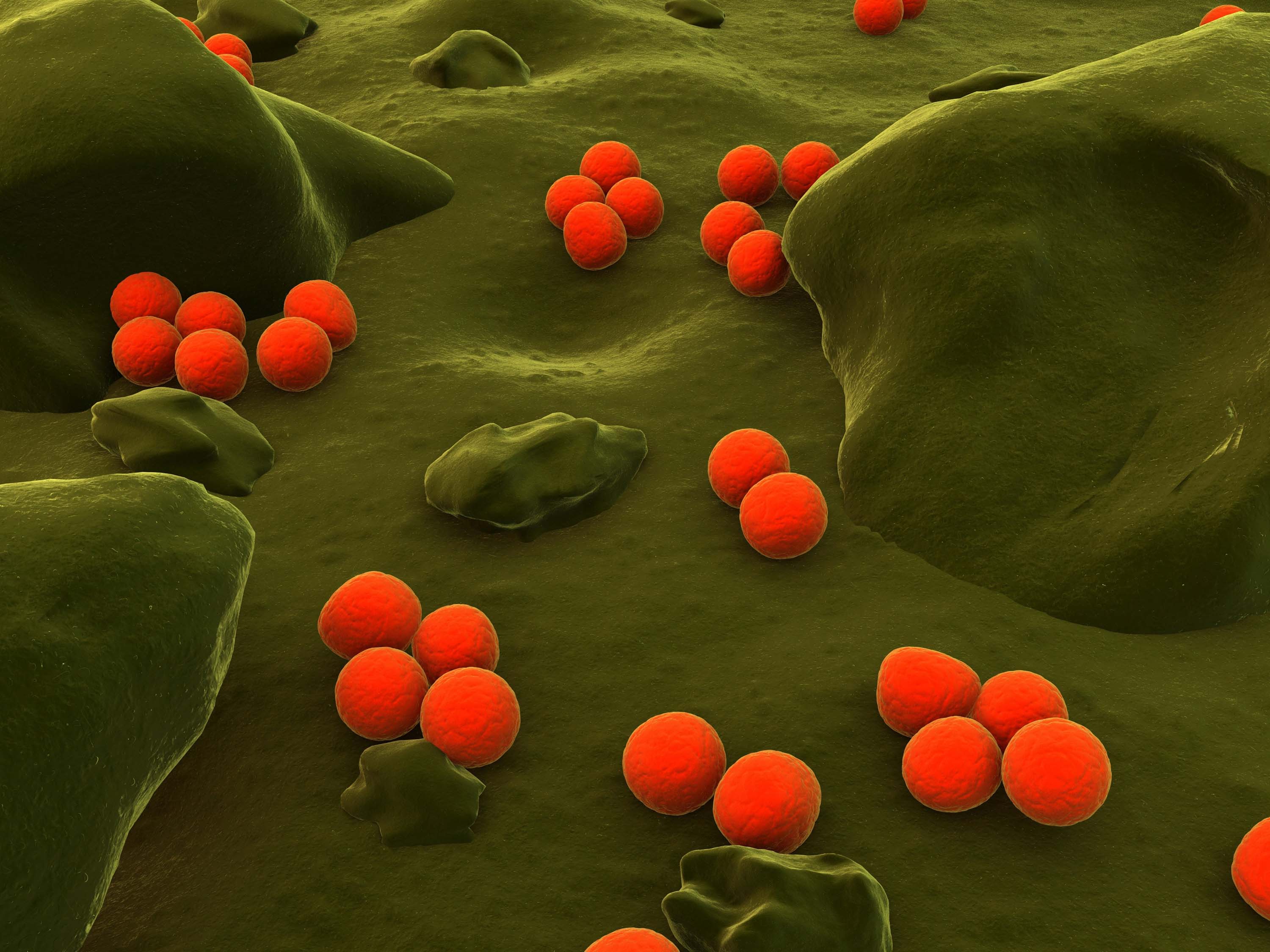A modified form of vancomycin gives the drug key advantages which could greatly boost its efficiency against dangerous bacteria and reduce the chances of resistant strains developing, new research shows.
The study, conducted by scientists from The Scripps Research Institute (TSRI) in the US, was published in the journal Proceedings of the National Academy of Sciences.
Vancomycin, a drug first introduced to clinics in 1958, is often used as a last-resort to treat bacterial infections which have become resistant to the antibiotics typically used to treat them. However, in recent years the number of bacterial strains becoming unresponsive to vancomycin has been increasing worldwide. Vancomycin-resistant Enterococci (VRE) have been included in a list by the World Health Organisation (WHO) detailing the bacteria against which new antibiotics are desperately needed.

This research shows that if the structure of vancomycin is modified in three separate ways, the drug’s killing effect can be vastly improved, even against resistant strains of Enterococci.
The work is actually the continuation of two previous studies by the same research team. Initially, it was discovered that by altering the structure of vancomycin’s binding pocket, the drug’s antimicrobial activity could be restored against VRE. Resistant Enterococci are normally able to escape vancomycin by switching the structure of the target molecule, a cell wall precursor, for an altered variation which the drug can’t recognise. However, by modifying the binding pocket, the drug was able to recognise both the standard and altered drug target, and therefore kill the bacteria by inhibiting cell wall maturation.
Subsequently, it was found a second modification – the introduction of a chlorobiphenyl (CBP) group – was able to boost the drug’s antimicrobial power, with around 100 times the potency of standard vancomycin.
Now, a third modification has been shown to take this improved activity to the next level. By altering the drug’s structure at a point called the ‘C-terminal’, the team were able to increase vancomycin’s activity 200-fold against VRE. It appears that this modification can kill bacteria by inducing membrane permeability.
When all three modifications to vancomycin’s structure were combined, they found that activity against VRE could be increased by as much as 6,000-fold. The researchers also found that vancomycin with three modifications was much less likely to result in the formation of resistant bacterial strains.
According to Dale Borger, co-chair of the department of chemistry at TSRI, the key reason for this lies in the fact that three, independent killing mechanisms are at play. “This increases the durability of this antibiotic,” he said. “Organisms just can’t simultaneously work to find a way around three independent mechanisms of action. Even if they found a solution to one of those, the organisms would still be killed by the other two.”
